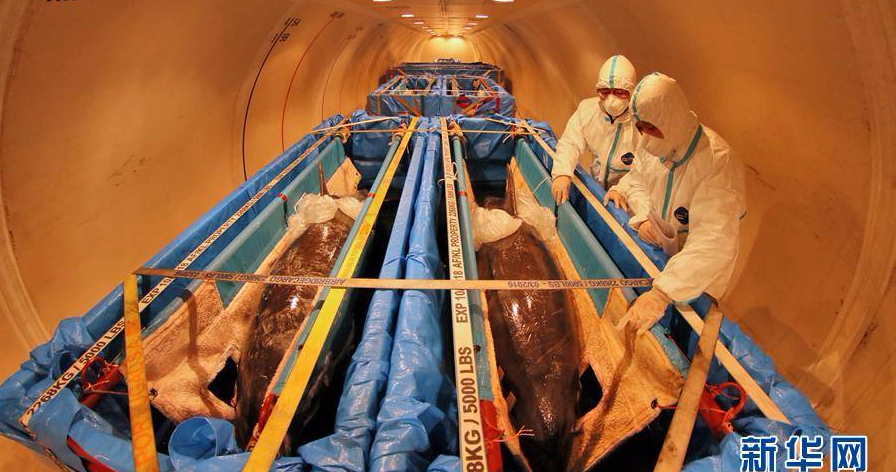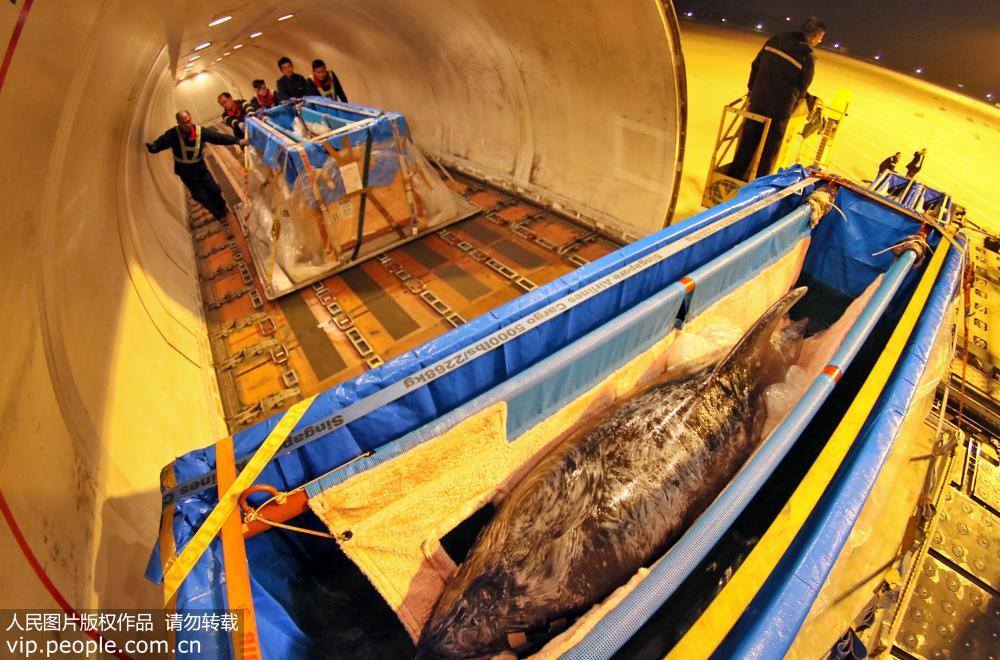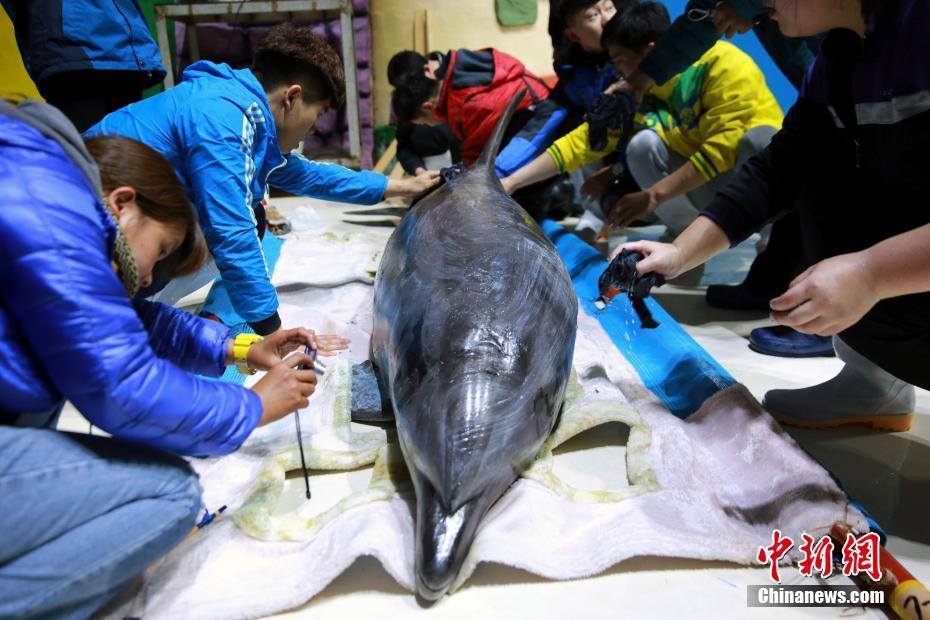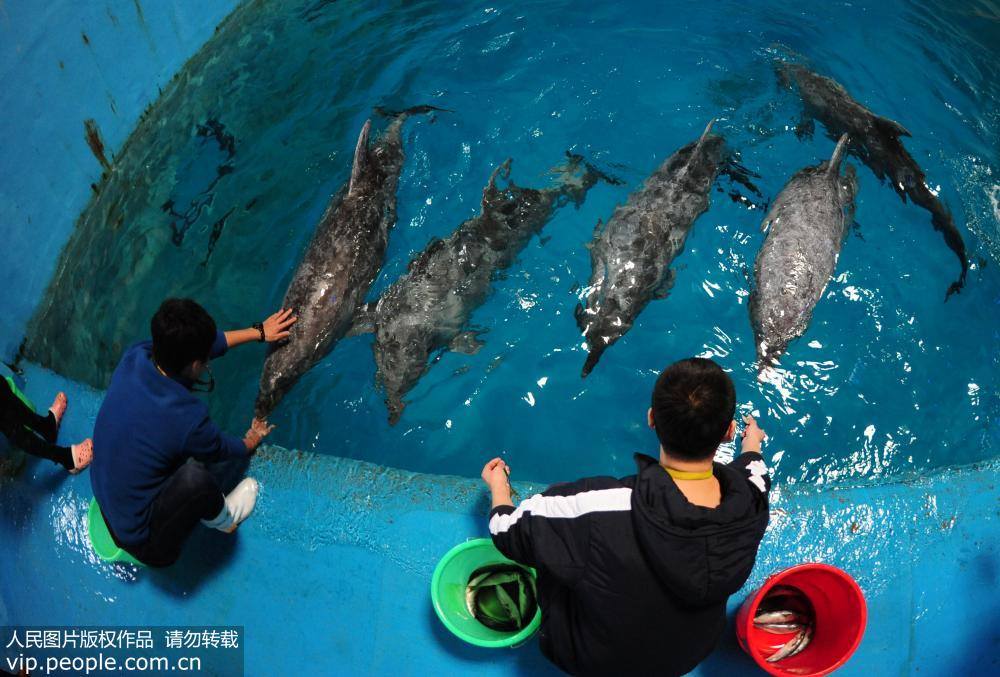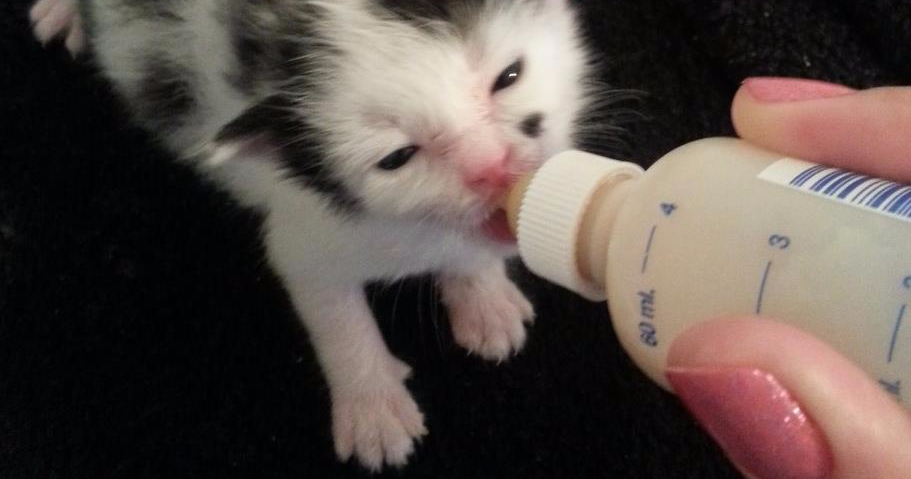Not to ruin your day or anything, but the way dolphins get chosen for marine parks is probably one of the worst things in the world.
First off, it's how they pick the dolphins that's getting people outraged. Hundreds of wild dolphins are lured in to a "killing cove." Fishermen bang metal poles on their boats, which emits a sound that impairs dolphins' sonar abilities.
Once all the dolphins are gathered, fishermen choose the most attractive and youngest ones to use in aquariums and "swim with dolphin" attractions. Each dolphin sells for around $100,000. The others? Well, they are given a less-flashy fate. They are killed and used for meat, still in the water, right in front of their families.
The dolphins who are 'lucky' enough to make the cut are then transported to marine parks in less-than-ideal conditions.
They're transported in dry holding pens, which can only add to the trauma of watching their families be killed.
"They were born to swim free in the ocean, not to be packed into crates and shipped as cargo," Ric O'Barry, founder of Dolphin Project, said. "For these wild dolphins, being pulled from the water and suspended in slings aboard a noisy airplane is bound to cause severe distress."
Now, dolphins can survive out of water for a little bit. But there's also the threat of overheating, not to mention the risk of not acclimatizing once they are brought to their final destination.
"Several of the dolphins appear (and I say 'appear' because, with the lanolin coating their skin, it's a bit hard to tell) to have several rake marks and scars on their bodies," Rose said. "This is not necessarily unusual in free-ranging dolphins, who often jockey for dominance, but again, it's more typical of adults. Juveniles would be less scarred or raked up. I worry that the ability of these older animals to adjust to captivity is compromised at the outset."
Dr. Heather Rally, a wildlife veterinarian, says taking dolphins and transporting them to a new life is not good for their health.
"These terrified dolphins are taken from their families and ocean home and then subjected to the deadly perils of transport, including overheating, respiratory illness and even death," Rally said. "Dolphins transferred between facilities are at increased risk of death within the first 50 days of arrival, and if they survive, they'll face years of swimming in endless circles in a tiny concrete tank, denied everything that's natural and important to them "” just so that humans can gawk at them."
This is just added to the list of reasons people are boycotting marine parks, but it really opens your eyes to just how poorly these animals are treated.
Did you know this is how marine parks get their animals? Let us know!
